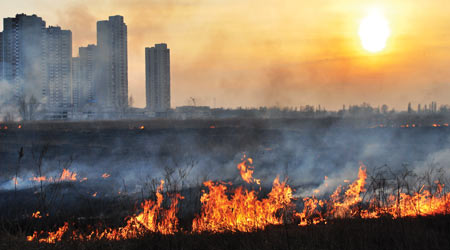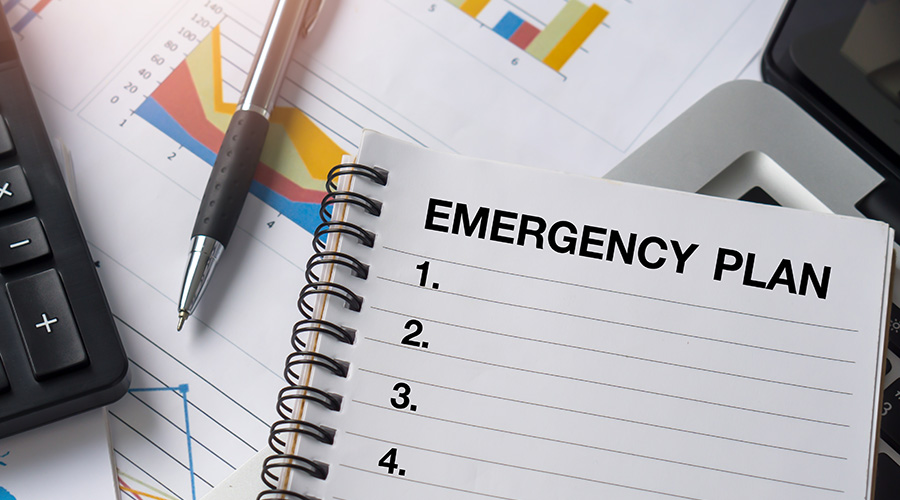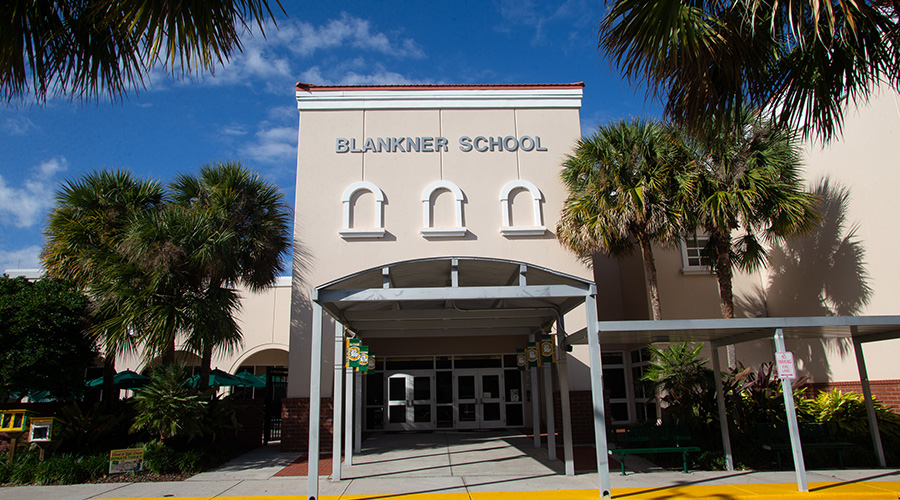 Managers and other emergency planners need to perform risk assessments that identify potential threats to facilities, spotlight specific vulnerabilities, and undertake upgrades to address the problems.
Managers and other emergency planners need to perform risk assessments that identify potential threats to facilities, spotlight specific vulnerabilities, and undertake upgrades to address the problems.Emergency Preparedness: Understanding Facility Vulnerabilities
By identifying weaknesses in facilities and plans, managers can improve an organization's resilience in an emergency
Every day, institutional and commercial facilities face potential threats from natural disasters. No matter a facility’s function, it is vital that maintenance and engineering managers and their peers be prepared for the worst.
In the United States in 2018, there were 108 natural disasters, including severe storms, floods, hurricanes, wildfires, winter storms, tornadoes and earthquakes. The estimated losses totaled $81.9 billion. Worse, there were 355 fatalities. If the wildfires in California in 2018 and Australia in 2020 are any indication, even facilities that are not typically in the path of destruction must prepare for natural disasters.
Institutional and commercial facilities of all types have to properly invest in effective planning, mitigation and preparation. When the emergency plan is activated, ensuring the protocols are current, efficient, and followed is the key to a successful outcome. Where should managers begin? Along with other emergency planners, they need to perform risk assessments that identify and prioritize the most likely potential threats, spotlight specific vulnerabilities and undertake upgrades to mitigate worst-case scenarios.
Identifying threats
Each year, weather-related calamities lead to about 500 deaths and $15 billion in damages. It is important to identify which disasters are common or imminent for different facilities, as it is unlikely a facility will experience every type of natural disaster in a year. But it is possible the side effects from one disaster will impact a facility after the major event.
For example, when Hurricane Harvey made landfall in August 2017, the primary damage was flooding, not high-speed winds. Facilities that were only bracing for high winds without preparing for flooding would have been hit with unforeseen damages.
So-called 100-year storms occur more frequently. Not only should managers identify the most common disasters facing their facilities. They also should identify the extreme versions of these disasters. It also is advisable to review history. What major storms have impacted this area before? What major storms have impacted this facility before?
It is not enough to borrow plans from other organizations. Examining the way a neighboring institution prepared for and weathered a storm can help guide a facility’s plans, but each plan must be specific to the organization’s location and the unique risks associated with that location. Managers also should include local response organizations in the planning process so they can assist and practice before an emergency.
Related Topics:














